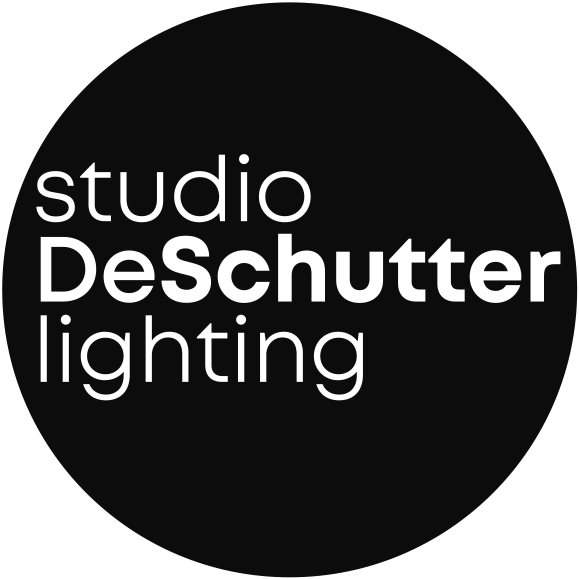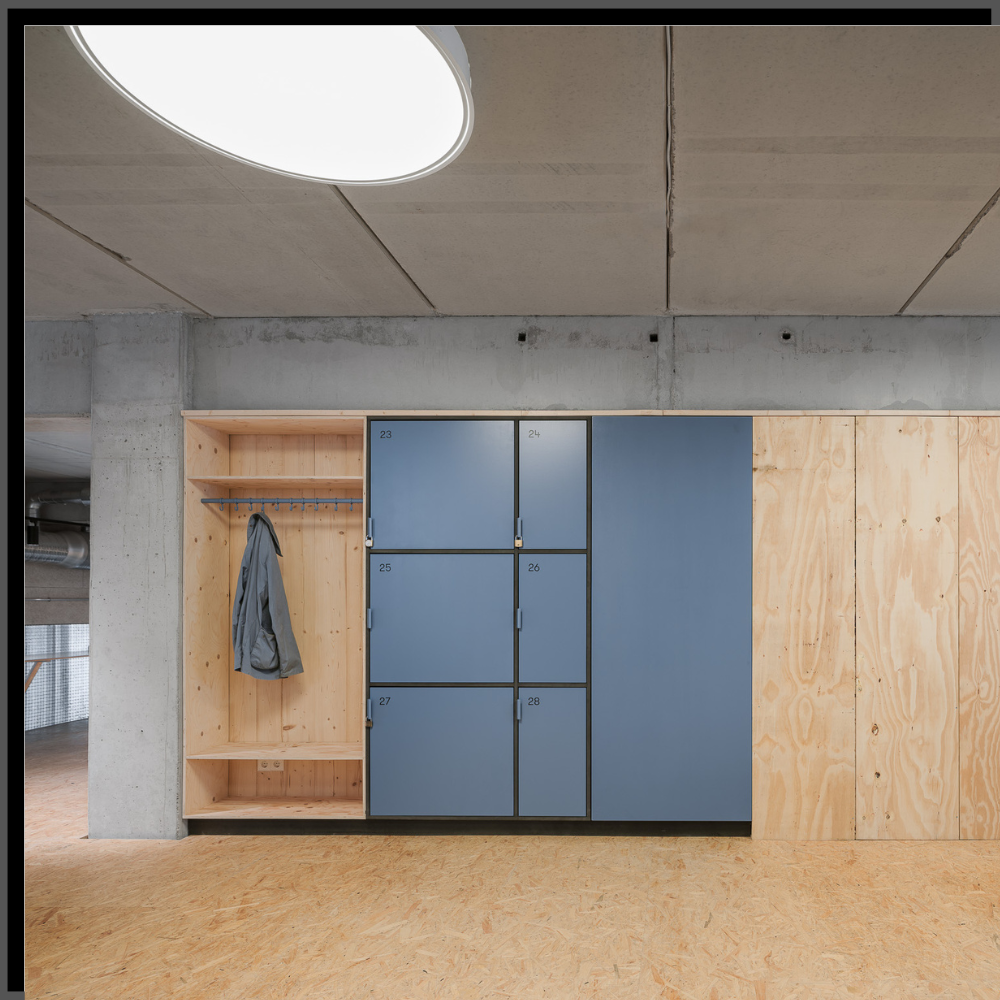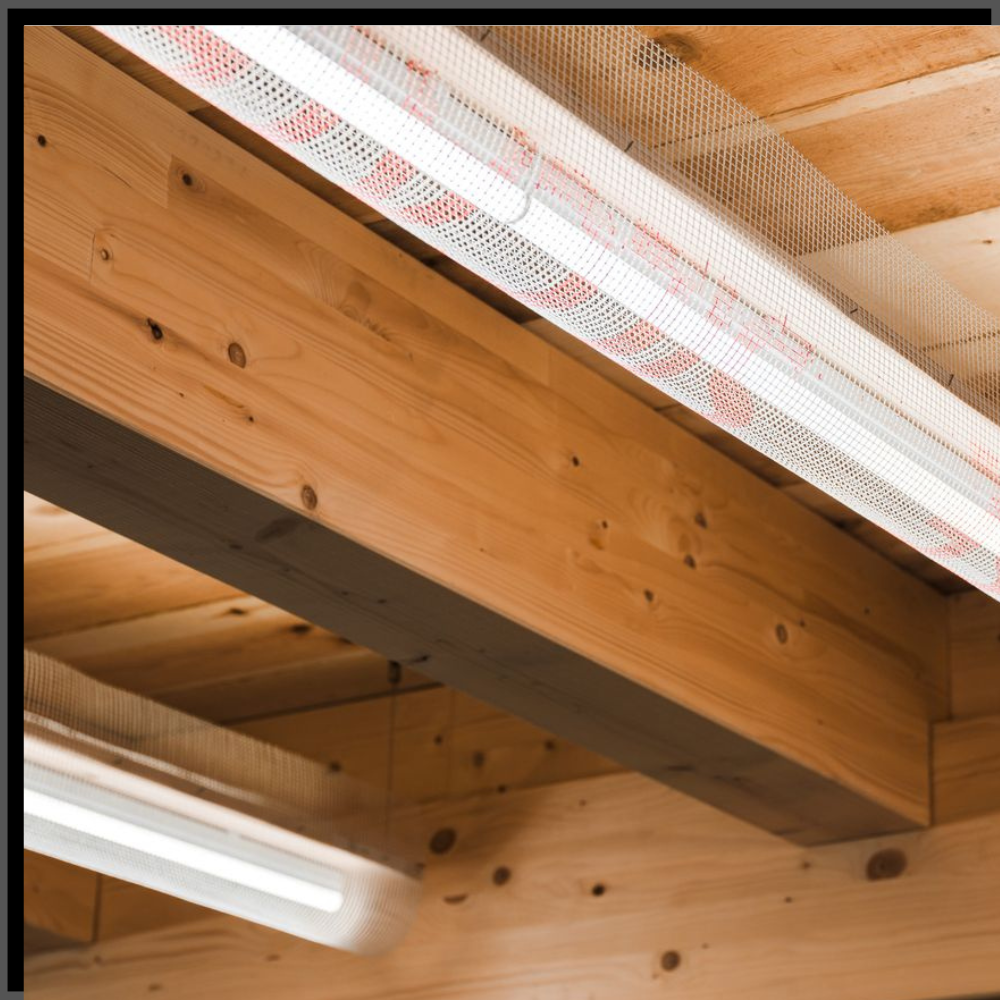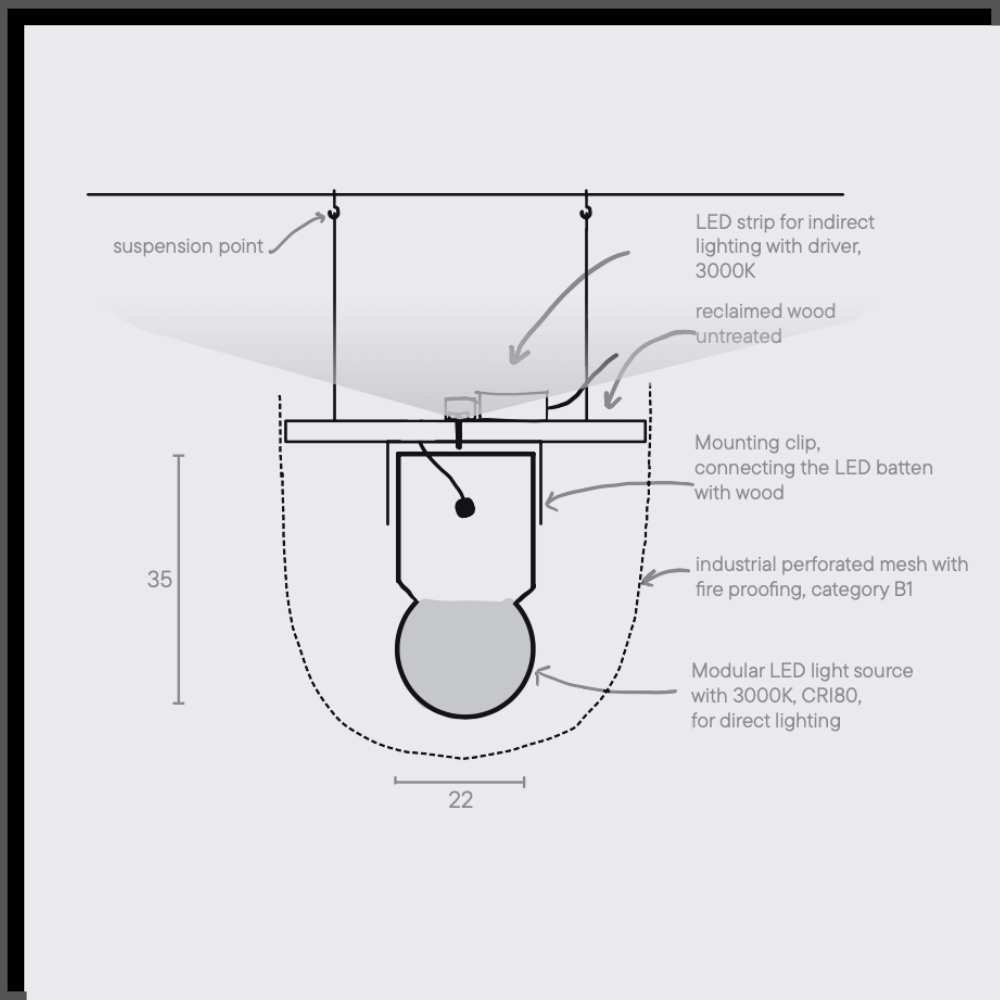Workplace Lighting: Why Integration Matters from the Very First Sketch 💡
Workplace lighting shapes how we see, feel and perform. Yet in practice, it’s often added too late, treated as a finishing touch rather than a design foundation. At Studio De Schutter, we believe that light should be part of the very first architectural conversation. Materiality, geometry and façade concepts should inform how light defines perception and atmosphere.
Light as an Architectural Element
A recurring issue is the lack of integration with architecture and materials. When lighting is added after construction, it often feels disconnected, a technical addition instead of a design language. True lighting design responds to textures, reflections and surfaces. Concrete, wood and glass each shape light differently, and thoughtful planning brings these layers into harmony.
Sustainability Beyond Technology ♻️
Lighting still rarely follows a life-cycle approach. Systems are installed, used and replaced with little thought for material recovery or longevity. We see it differently. For us, sustainable lighting means designing for durability, modularity and circularity.
At Studio De Schutter, we actively contribute to the building transition through reusable modules, locally produced fixtures and even creative “light hacks” from leftover materials. We combine circular thinking with intelligent control systems that reduce energy use while preserving atmosphere.
| Principle | Benefit | Example |
|---|---|---|
| Modularity | Extended lifespan | Replaceable LED engines |
| Circularity | Less waste | Refurbished luminaires |
| Local sourcing | Lower footprint | Collaboration with EU manufacturers |
| Smart control | Energy saving | Presence and daylight sensors |
👉 Related article: Circular Lighting Principles – LightingEurope
Indirect Light and the Technical Ceiling
The technical ceiling is often seen as a problem to hide, yet it can be an opportunity. Many offices avoid upward or indirect light to keep ceilings neutral, but this often results in harsh brightness and glare.
Indirect lighting adds depth, comfort and balance. Light reflected from walls or ceilings creates soft gradients that make spaces feel larger and calmer, essential for both focus and wellbeing.
“Good light isn’t a detail, it’s a dialogue between technology, material and perception.”
– Sabine De Schutter
👉 Further reading: CIBSE – Lighting for Offices Guide LG7
Lighting as a Design Attitude
Workplace lighting should not be an afterthought, it’s a mindset. When integrated early, it enhances architecture, supports wellbeing and communicates identity.
As lighting designers in Berlin, we see light as both cultural and functional. Our goal: spaces that feel alive, sustainable and human-centered.
👉 Contact us to explore how we merge architecture and light.
👉 Subscribe to our newsletter for insights into circular and sustainable lighting design.




